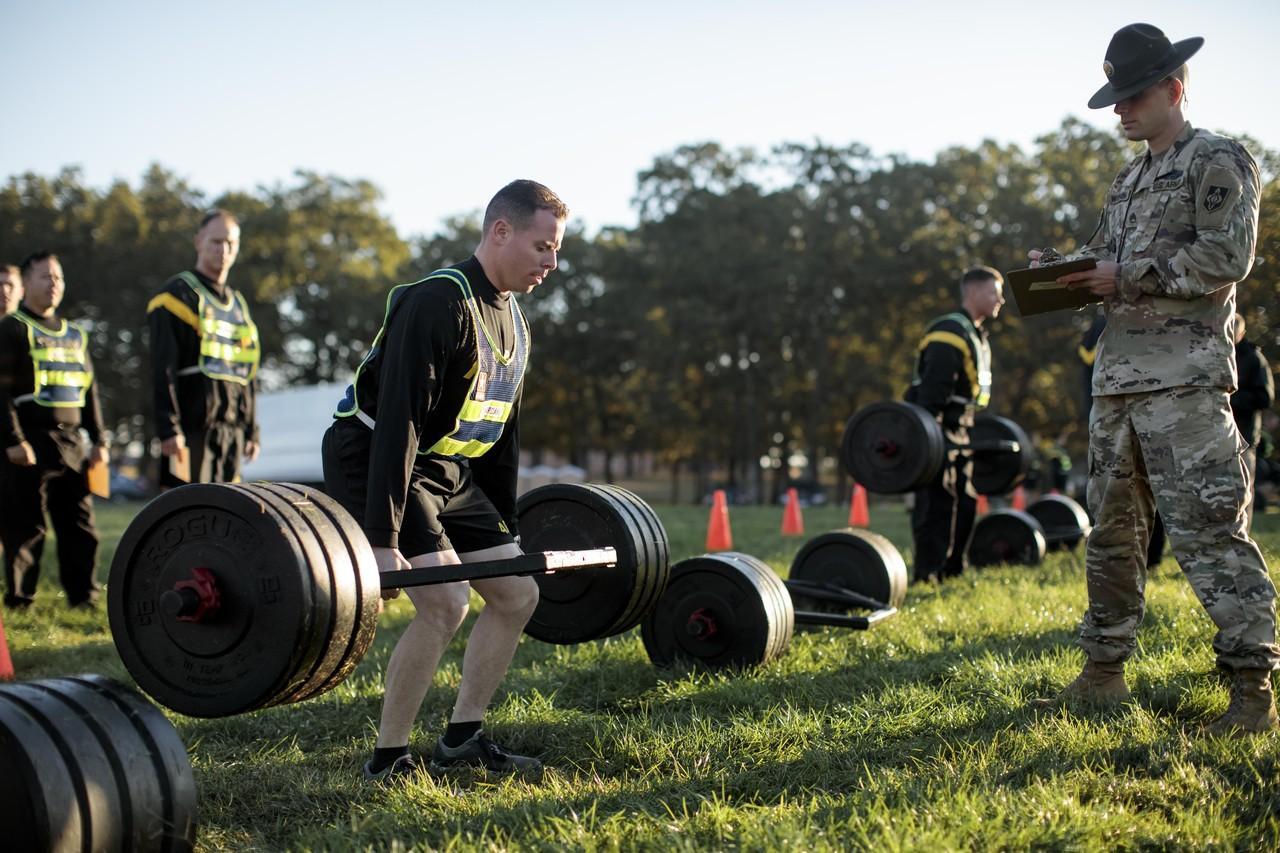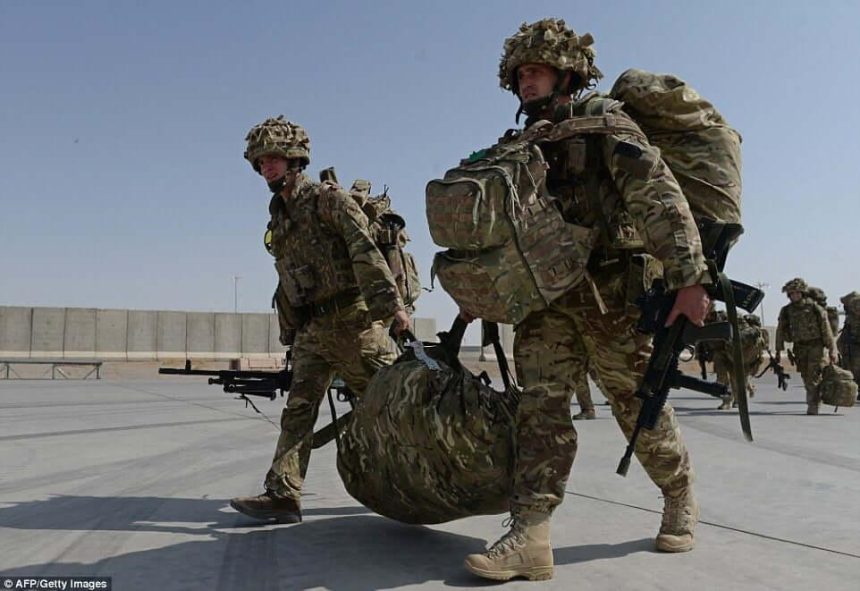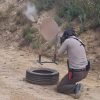Lower back pain is one of the most common injuries among military personnel, and it plagues civilians just as often. Whether you’re training for combat readiness or just trying to get through the workday without wincing, low back issues can derail your entire fitness plan.
What most people don’t realize is that 15 minutes of focused movement and recovery work can dramatically improve how you feel. While there’s no one-size-fits-all cure for back pain, the right approach can reduce pressure, restore balance, and help you get back to training, pain-free.
Understanding the Root Cause: Lower Cross Syndrome
Whether your back pain stems from nerve compression, poor posture, or muscular imbalance, a common contributor is Lower Cross Syndrome. This happens when:
- Tight: Hip flexors and lower back muscles
- Weak: Glutes, hamstrings, and abdominals
This imbalance causes your pelvis to tilt forward, compressing the lumbar vertebrae and increasing nerve pressure. Our goal? Reverse that pattern by releasing tight muscles and activating weak ones.

Step-by-Step Relief Protocol
This 3-phase system is inspired by real-world solutions used by soldiers, athletes, and special operations candidates. It’s a simplified version of the complete protocol found in Battle Tested: How To Train Like Your Life Depends On It—and it’s 100% effective when followed consistently.
Step 1: Warm Up the Fascia and Muscles
Before stretching or mobility work, warm up the tissue. Warm muscles respond better and are less prone to strain. A car buffer or percussion massager can do the trick if you don’t have access to pro tools.
▶️ Watch how to use a buffer for fascia prep:
🔗 https://youtu.be/ZtqIKcbfXoQ
Step 2: Release the Knots and Adhesions
Once warm, it’s time to work out the adhesions and tight spots. Foam rolling and trigger point release are key. Focus on:
- Quadriceps
▶️ https://youtu.be/tr9ADSsaHuI - Psoas (Deep Hip Flexor)
▶️ https://youtu.be/NH7M1Swqzts - Lower Back (Be gentle here)
▶️ https://youtu.be/1Ew5LVrEp1E - Glutes and Piriformis
▶️ https://youtu.be/lS8X8SUF6wU
⚠️ Caution: Avoid rolling directly on the spine. If you feel sharp or worsening pain, stop and reassess.
Step 3: Stretch the Hip Flexors
After releasing work, it’s time to lengthen the tight muscles, especially the hip flexors. Be mindful to keep your core tight and avoid overarching your lower back during the stretch.
▶️ Best Hip Flexor Stretch Tutorial:
🔗 https://youtu.be/E3189S9Bd_0
Bonus: Banded Traction for Low Back Relief
If nerve compression or sciatica is an issue, lumbar traction can offer major relief. Ideally, you’d use a dedicated traction unit, but this superband version works well and can be done anywhere.
▶️ Try This DIY Banded Distraction:
🔗 https://youtu.be/yYFy4pWeIPI
This technique not only eases low back pressure but can also help relieve tension in the hips and ankles.
Final Thoughts: Train Smart, Not Just Hard
Lower back pain doesn’t have to stop you. Whether you’re in the military or just trying to move and live better, a few focused mobility strategies can transform your training and reduce pain long-term.
👉 Start with this 3-step protocol, and commit to doing it 2–3 times per week. You’ll likely feel noticeable relief within a week, and potentially return to your full performance level in a matter of weeks.








